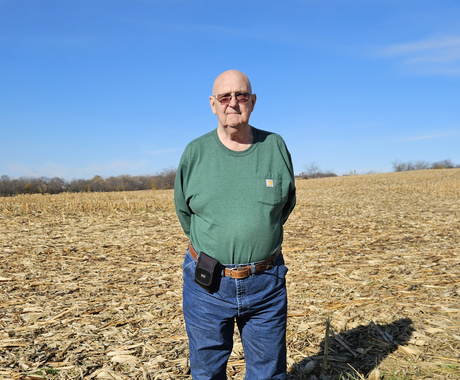Over the past decade, the farm to school movement has reached millions of students in the United States and its territories.
From school gardens and farm field trips to local food on cafeteria trays, farm to school practices help children learn about nutrition and agriculture while also creating new markets for local and regional farmers.
To recognize the connections made between schools and local farmers and their role in promoting well-being among children and building strong local economies, in 2010 Congress designated October as National Farm to School Month. As in years past, this month’s celebration—“Rooted in Community: Growing Stronger, Together”—unites people in a shared vision of an abundant and equitable food system.
Organizations and schools are celebrating by serving locally produced food, planting seeds and watching them grow, and visiting farms or hosting local farmers in the classroom.
But, the farm to school movement won’t stop when October ends.
With help from $10.7 million in grants from the U.S. Department of Agriculture’s Food and Nutrition Service, children from nearly 3,000 schools in 40 states and Guam will continue to benefit from farm to school programs.
Grantees representing school districts, tribal organizations, agricultural producers, non-profit entities, and state and local agencies from across the country are set to bring curriculum-based agriculture education to 1.2 million students.
In Nebraska, students at eight rural schools will be matched with area farmers to learn about specialty crop production through the Center for Rural Affairs’ partnership with the Nebraska Department of Education. In southwest Iowa, five rural schools are partnering with the Center to implement sustainable farm to school programs and connect with local farmers.
In other areas of the country, plans include hands-on cooking and gardening lessons, establishing school greenhouses, and employing farm to school coordinators.
By educating children on the value of locally-produced food, teachers, administrators, and local, state, and national leaders help create new jobs, strengthen the local economy, and build vibrant rural communities for years to come.





